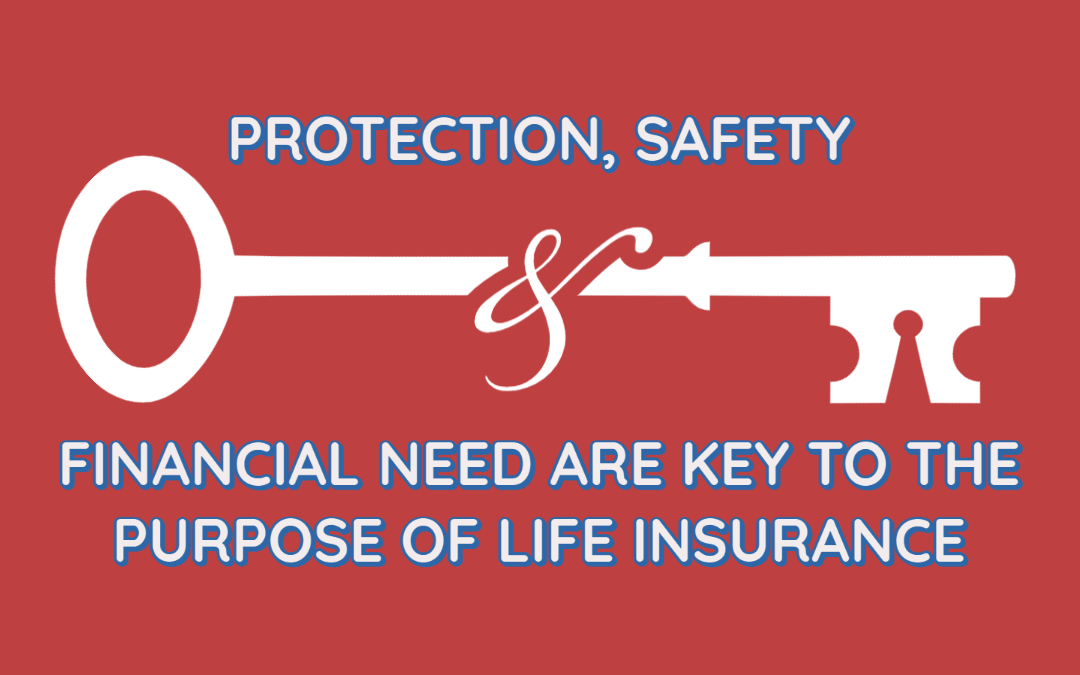The Of Pacific Prime

This decrease of practically 2 million in the variety of people 'without insurance policy (a decrease of about 4 percent) is absolutely a positive change. With a softer economic situation in 2000 the most recent reported gains in insurance policy coverage may not continue (Fronstin, 2001) (maternity insurance for expats). The decrease in the number of without insurance will not continue if the economic climate remains sluggish and healthcare prices continue to outmatch rising cost of living
This is due to the fact that the data were gathered for a duration of solid economic efficiency. Of the approximated 42 million people that were without insurance, just about about 420,000 (regarding 1 percent) were under 65 years of age, the age at which most Americans become qualified for Medicare; 32 million were grownups between ages 18 and 65, around 19 percent of all adults in this age group; and 10 million were youngsters under 18 years of age, about 13.9 percent of all youngsters (Mills, 2000).
These estimates of the number of individuals without insurance are created from the yearly March Supplement to the Present Populace Study (CPS), performed by the Census Bureau. Unless otherwise noted, nationwide estimates of people without wellness insurance and proportions of the populace with various kinds of protection are based on the CPS, the most widely utilized resource of price quotes of insurance protection and uninsurance prices.
Pacific Prime Fundamentals Explained

Still, the CPS is especially useful because it generates annual estimates fairly promptly, reporting the previous year's insurance policy protection estimates each September, and because it is the basis for a regular collection of quotes for greater than two decades, allowing for analysis of trends in insurance coverage with time. For these reasons, along with the extensive use the CPS in various other research studies of insurance protection that are presented in this record, we depend on CPS quotes, with constraints noted.

The quote of the number of without insurance people broadens when a populace's insurance policy standing is tracked for numerous years. Over a three-year period starting early in 1993, 72 million individuals, 29 percent of the U.S. https://www.kickstarter.com/profile/pacificpr1me/about. population, were without coverage for at the very least one month. Within a single year (1994 ), 53 million individuals experienced a minimum of a month without insurance coverage (Bennefield, 1998a)
6 out of every ten without insurance grownups are themselves utilized. Working does improve the chance that one and one's family participants will have insurance coverage, it is not an assurance. Also members of family members with two full-time breadwinner have virtually a one-in-ten possibility of being without insurance (9.1 percent uninsured price) (Hoffman and Pohl, 2000).
7 Simple Techniques For Pacific Prime
New immigrants represent a substantial proportion of individuals without medical insurance. One evaluation has actually connected a significant part of the current growth in the dimension of the united state uninsured population to immigrants who arrived in the country between 1994 and 1998 (Camarota why not look here and Edwards, 2000). Recent immigrants (those that concerned the United States within the past four years) do have a high rate of being without insurance (46 percent), but they and their children make up just 6 percent of those without insurance coverage across the country (Holahan et al., 2001).
The connection in between medical insurance and accessibility to care is well established, as documented later in this chapter. The relationship in between health and wellness insurance policy and health end results is neither straight nor basic, a substantial scientific and health and wellness services study literature links health insurance policy protection to improved access to care, better high quality, and enhanced personal and population wellness standing.
Levels of evaluation for examining the effects of uninsurance. It concentrates specifically on those without any type of wellness insurance coverage for any kind of length of time.
Not known Facts About Pacific Prime
The issues dealt with by the underinsured are in some respects similar to those dealt with by the uninsured, although they are generally much less severe. Health and wellness insurance coverage, nevertheless, is neither required nor sufficient to gain access to clinical solutions. The independent and direct effect of health insurance policy coverage on access to wellness solutions is well established.
Others will acquire the health treatment they need also without health and wellness insurance coverage, by paying for it expense or seeking it from service providers that provide treatment cost-free or at very subsidized prices. For still others, medical insurance alone does not make sure receipt of treatment since of various other nonfinancial barriers, such as an absence of healthcare companies in their area, restricted accessibility to transportation, illiteracy, or etymological and cultural distinctions.
8 Simple Techniques For Pacific Prime
Official study concerning uninsured populations in the USA dates to the late 1920s and early 1930s when the Committee on the Price of Treatment produced a series of records concerning funding physician office brows through and hospitalizations. This problem became salient as the numbers of medically indigent climbed up during the Great Depression.
Comments on “Not known Facts About Pacific Prime”